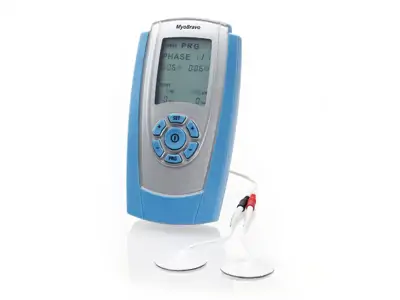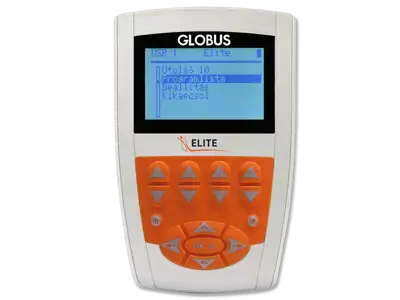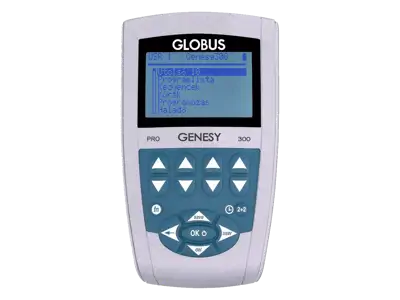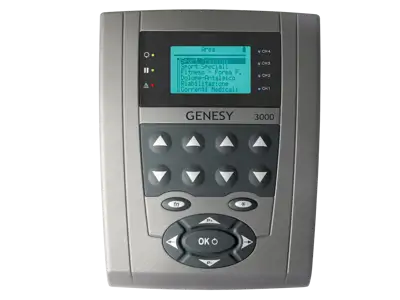ALS
ALS, or amyotrophic lateral sclerosis, is a slow-moving disease caused by the gradual death of nerve cells (motor nerves) that run to muscles that can be moved at will.
Read more...Amotrophic lateral sclerosis [ALS] is a slow progressive disease caused by the gradual death of nerve cells (motor nerves) that run to muscles that can be moved at will. The disease starts in the muscles of the limb away from the trunk and gradually spreads towards the centre.The muscles lose strength, then atrophy and eventually paralysis develops. The consequences are loss of mobility, urination and defecation, and increasing muscle stiffness (spasticity), contractures (shortening of the tendons) and pain.Quality of life is determined by the progression of muscle weakness, and eventually respiratory paralysis leading to death.
Functional stimulation (FES) in the home treatment of ALS
Most medical information sites in English do not even mention functional stimulation (FES) as a method of reducing symptoms and slowing down the deterioration. They do mention physiotherapy as an option, but none of them goes beyond a single sentence. Yet it could be used successfully...if doctors and patients were informed about it.
Functional stimulation (FES) is an electrotherapeutic method. It is in fact muscle stimulation aimed at restoring a specific function or ability. In the case of ALS, it is more likely to be retained for as long as possible.
Stimulation is more complicated than taking a pill, however. There is no universal protocol, not the same treatment is needed for all patients, as the sequence of symptoms, intensity, and development of muscle weakness may vary from patient to patient. Your treatment plan should be tailored to your symptoms.
But it is fully proven that muscle stimulation helps improve the quality of life of ALS patients, delaying the progression of muscle weakness, relieving stiffness, reducing pain, and supporting the ability to retain urine and bowel movements.
The results of muscle stimulation are not necessarily the same for all ALS patients.
Back to top...







